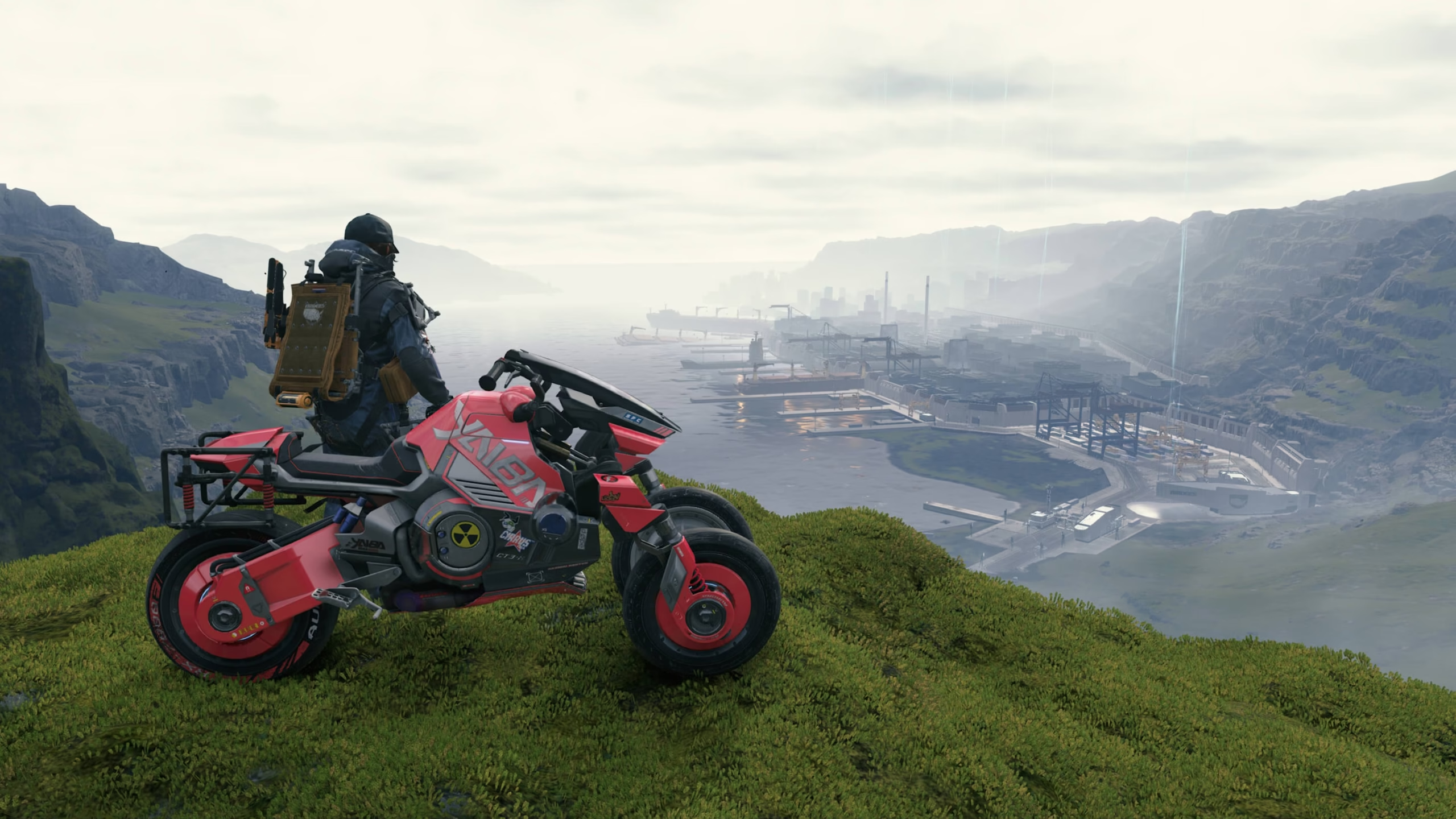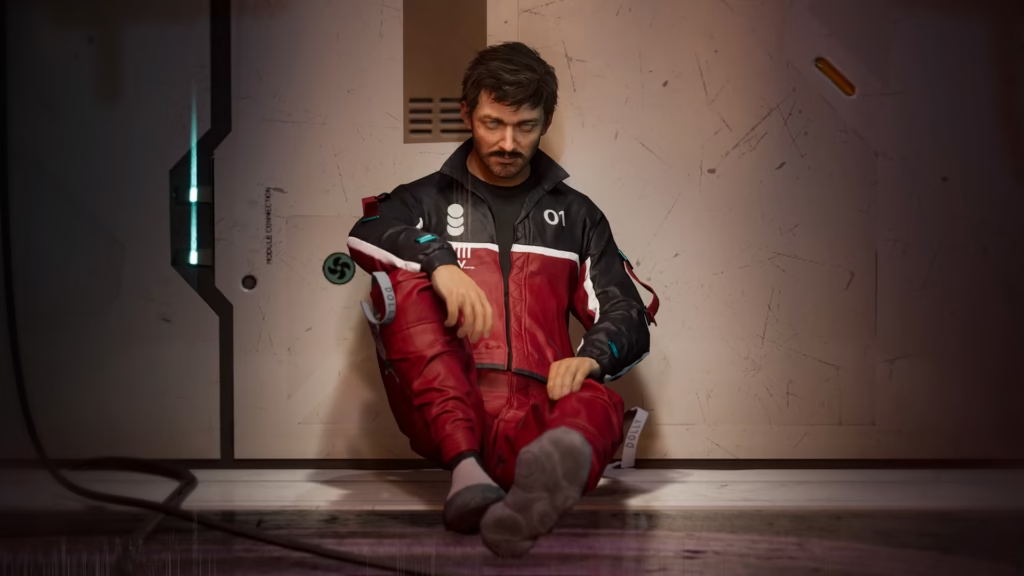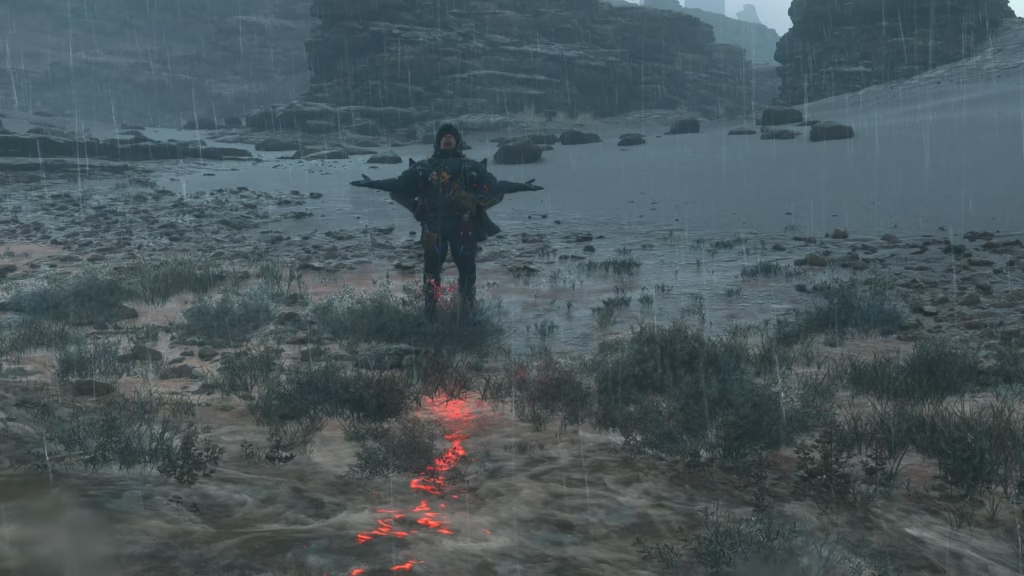Death Stranding 2: On the Beach released on June 26, and it’s been taking the gaming world by storm. We’ve been playing it ourselves. And while our review will be along soon, for now, it’s worth looking at one of the biggest dilemmas being faced by those torn between a less-than-great experience with 2019’s Death Stranding and an inescapable sense of FOMO about its sequel.
Let’s start at the very beginning. After the dust and smoke of all the ‘walking/DHL simulator’ remarks had cleared, Hideo Kojima’s Death Stranding emerged as a technically fantastic game with gameplay that could be tedious at times, and a narrative that was equal parts bizarre, confounding and nebulous. Depending on whom you ask, less than 30 percent of players actually finished that game the first 18 months it was out — and so it’s safe to conclude that Death Stranding wasn’t everyone’s a lot of people’s bag.
Did you complete Death Stranding?
It wasn’t as if it was a dreary exercise in drudgery though: The combat felt punchy and exciting, the trike was cool, some of the story arcs were great, and the drama of making a time-bound delivery across unforgiving terrain could be quite exhilarating. As a package though, for me, it didn’t really come together cohesively. There were far too many stretches of gameplay that failed to capture my interest, and I found the pacing (particularly in terms of the frequency of gigantic exposition dumps) to be all over the place. Perhaps it was aimed at a very niche audience, I reasoned. Fun fact: Around 20 million players have attempted the game as of April this year.
Getting to the big question
While we, here at Story Mode, are a fair way from completing On the Beach, it’s already made a very positive impression. For starters, the game spends less time getting you neck-deep into the action — something that is aided by vehicles and high-end weapons being available a lot sooner than in the first game. The writing, to my mind, is a lot sharper now and that means narrative arcs are pulled off with minimal faff. The story also takes a lot less time to get going. I should point out that while Death Stranding had quite an exhilarating opening, it did really slow down for quite some time. The sequel feels a lot freer in terms of having the player navigate its story rather than previously when the story seemed to just happen to the player.
It’s worth noting that while Kojima isn’t exactly parsimonious with exposition, this game does allow you to choose how much of a data dump you want. Elsewhere, gameplay tweaks (traversal is much better) and quality-of-life improvements (the series finally has a version of fast travel that doesn’t make you lose all your belongings) have added a glossy sheen to a series that was already fairly polished. Objectively, I would say that On the Beach, for a number of reasons, is a more accomplished game than the title that came before.
Now, if you happen to be among the section of the population that didn’t complete the original game, should you play the second one? In almost all circumstances (maybe there is an exception, but it doesn’t come to mind), I would always recommend that players play the original title before the sequel because there are so many nuances that you’ll miss if you didn’t play the game that established the universe. And Death Stranding definitely features in that category because no recap video can fully capture what you will experience playing the game for yourself.
That said, it’s quite likely you don’t have the time to immerse yourself in not one, but two sprawling games with equally expansive storytelling. And that’s not even including all the subplots, references, hat-tips, foreshadowing and whatnot. So what’s a person to do if strapped for time, patience, or both? In this scenario, it would definitely make sense to watch a video recap of the game and jump right into On the Beach. While you won’t be getting the full experience, the high quality of the second game (so far anyway) certainly mustn’t be missed. Even if it means you’re left scratching your head about particular story beats. Fortunately, the sequel has a fairly extensive set of codices (called the Corpus) that is packed to the gills with useful lore and background. For instance, if you are confused about who Lou, Fragile and the impressively named Deadman are, and how they relate to each other, the Corpus will shed light on that. If you don’t quite understand what the ‘stranding’ was, the Corpus has you covered there as well. And if… well, let’s just say the Corpus is chock-full of useful information that will deepen your understanding of the game.
And so, while it’s not the ideal solution, it’s perfectly possible to play On the Beach without playing the original. It’s quite likely you’ll fall in love with the game, and that might compel you to play Death Stranding to truly experience how it all began. Who knows? For now, here’s a handy recap of the key story beats of the first game:


